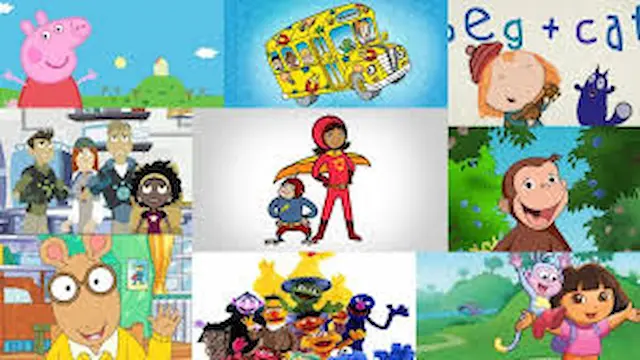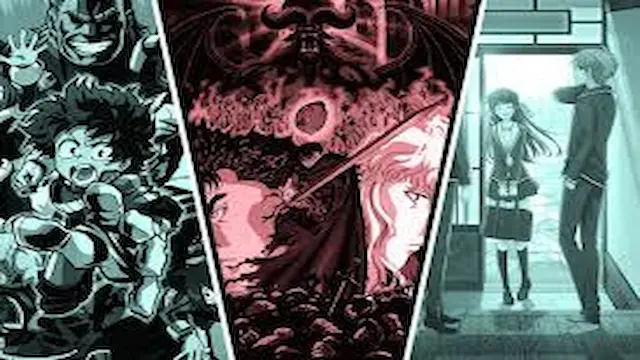Cartoons have a magical way of capturing our imagination, transporting us to whimsical worlds filled with vibrant characters and engaging stories. But have you ever wondered about the creative process behind these beloved animated shows? From inception to the final product that graces our screens, the making of cartoons involves a fascinating blend of artistry, technology, and teamwork. In this blog, we’ll delve into the intricate world of cartoon production, exploring the stages from concept development to animation and beyond.
Concept Development: From Idea to Storyboard
Every cartoon begins with an idea – a spark of creativity that evolves into a cohesive story. This initial phase involves brainstorming sessions where writers, artists, and creators come together to flesh out characters, plotlines, and settings. Ideas are refined through concept sketches and written treatments, laying the foundation for the storyline.
Once the basic premise is established, a storyboard is created. This serves as a visual blueprint for the entire episode or series, detailing each scene frame-by-frame. Storyboards are essential for mapping out the pacing, composition, and flow of the narrative, ensuring continuity and clarity in the storytelling process.
Voice Acting and Character Design
With the storyboard in place, attention turns to casting the characters’ voices. Voice acting is a crucial element that brings animated characters to life, requiring talented actors to infuse personality and emotion into their roles. Character design also plays a pivotal role at this stage, as artists refine the visual appearance of each character, considering factors like facial expressions, costumes, and distinctive features.
Animation: Bringing Art to Life
Animation is perhaps the most labor-intensive phase of cartoon production, where static drawings are transformed into dynamic motion. Traditionally, this process involved hand-drawn frames painstakingly crafted by animators. Today, advancements in technology have introduced digital animation techniques, offering greater efficiency and flexibility in creating movement and effects.
Keyframe animation establishes the main poses and movements, while in-betweening fills in the intermediate frames to create smooth transitions. Background artists contribute to the ambiance by designing the settings against which the action unfolds, adding depth and atmosphere to the scenes.
Sound Design and Music Composition
Sound design and music are integral components that enhance the viewing experience of cartoons. Sound effects are meticulously chosen to complement the action on-screen, whether it’s footsteps, explosions, or magical spells. Music composers craft original scores that evoke the mood and tone of each scene, heightening emotions and underscoring pivotal moments in the story.
Editing and Post-Production
Once animation and sound are synchronized, the episode undergoes rigorous editing to refine timing, pacing, and visual continuity. Editors fine-tune transitions between scenes, adjust dialogue for clarity, and ensure that the overall narrative flows seamlessly. Special effects and color correction further polish the visuals, resulting in a cohesive and visually appealing final product.
Testing and Feedback
Before a cartoon is ready for its television debut or streaming release, it undergoes testing and feedback. Test screenings with focus groups or target audiences provide valuable insights into how the show resonates with viewers. Feedback is used to make final adjustments, ensuring that the cartoon meets audience expectations and maintains creative integrity.
Distribution and Reception
Finally, the completed cartoon is distributed through various channels, including television networks, streaming platforms, and digital downloads. Marketing campaigns generate buzz and anticipation among viewers, building momentum leading up to the premiere. The reception from audiences and critics alike ultimately determines the success of the cartoon, influencing future episodes or seasons.
Collaborative Effort and Innovation
Behind every successful cartoon lies a collaborative effort of writers, artists, animators, voice actors, musicians, and technicians – each contributing their unique talents to create a captivating viewing experience. Innovation continues to drive the evolution of cartoon production, with advancements in technology opening new possibilities for storytelling and visual expression.
Conclusion
The journey from concept to screen in cartoon production is a testament to creativity, dedication, and teamwork. As viewers, we witness the final product, but understanding the behind-the-scenes process enriches our appreciation for the artistry and craftsmanship involved. From initial sketches to animated adventures, the magic of cartoons continues to captivate audiences of all ages, promising endless possibilities in the world of animation.



